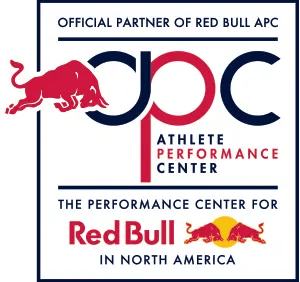Weight lifting is a great way to maintain a healthy body and supplement some of the cardio work favored by many athletes. Under the direction of a personal trainer, it can even help you recover more quickly as your rehabilitate from an injury. However, it’s important when engaging in any kind of strength-building that you not take part in any actions that are actually going to put you more at risk for injury.
One area that is often susceptible to damage among those who lift weights on a regular basis is the shoulder, specifically, the rotator cuff. It’s this section of the body that’s responsible for the wide range of arm motion you may enjoy as you go about your daily life, but if stressed in just the right (or wrong) way, it can be severely injured. To make sure such a serious shoulder injury doesn’t await you, consider the tips on hand from Men’s Fitness in a new report.
Something that a lot of weight lifters mistakenly set out to do is engage in an excessive number of actions designed to push the weights away, like the bench press. It actually helps to intersperse those lifts with those actions that require you to pull the weights toward you. These rows, when working in conjunction with presses, help you to achieve balance between all sets of muscles rather than just placing an emphasis on a single set.
When you are engaged in those presses, make sure that you have the proper technique at work. Rather than letting your shoulders relax when you’re pushing the bar up and down above your head, insist on making a conscious effort to bring your shoulder blades in toward one another. In that way, you can achieve stability and relieve some of the stress that might otherwise accumulate in your rotator cuff and the area around it.
The other thing that the article says can be done to help promote strength and stability in the rotator cuff is to squeeze one’s hands around the bar rather than letting them remain limp. By doing this, you’re once again taking some of the pressure off of the shoulder, allowing that part of your body to focus on stability alone while the lift is ongoing.
Finally, and this may be up for debate, but the last piece of advice given is to not actually engage in lifts that specifically target the rotator cuff. No matter how you feel about that, what you might think about is focusing on stretching rather than strength-building that can put an unwanted amount of pressure on the cuff. That way, mobility will be promoted.
About the author




